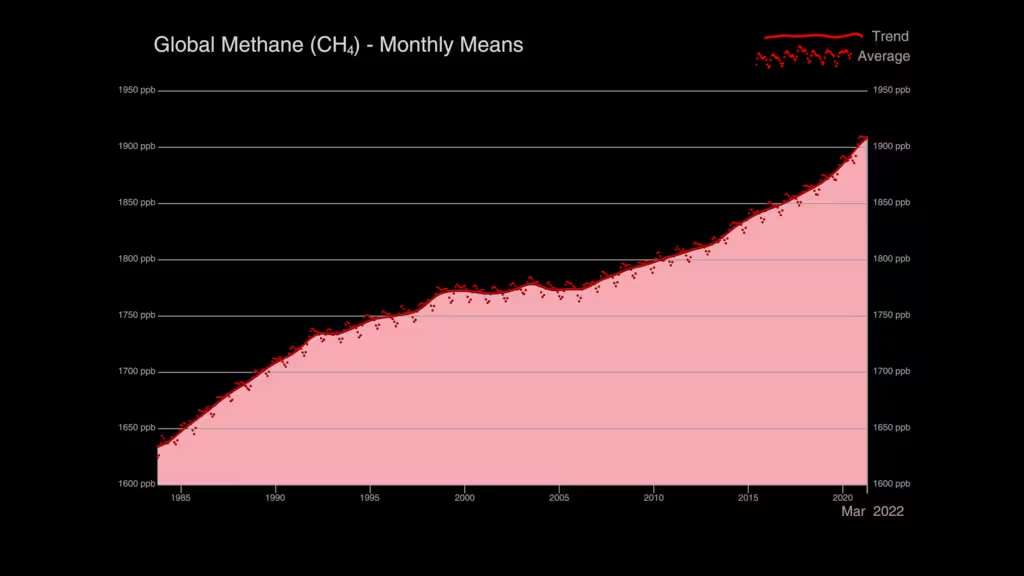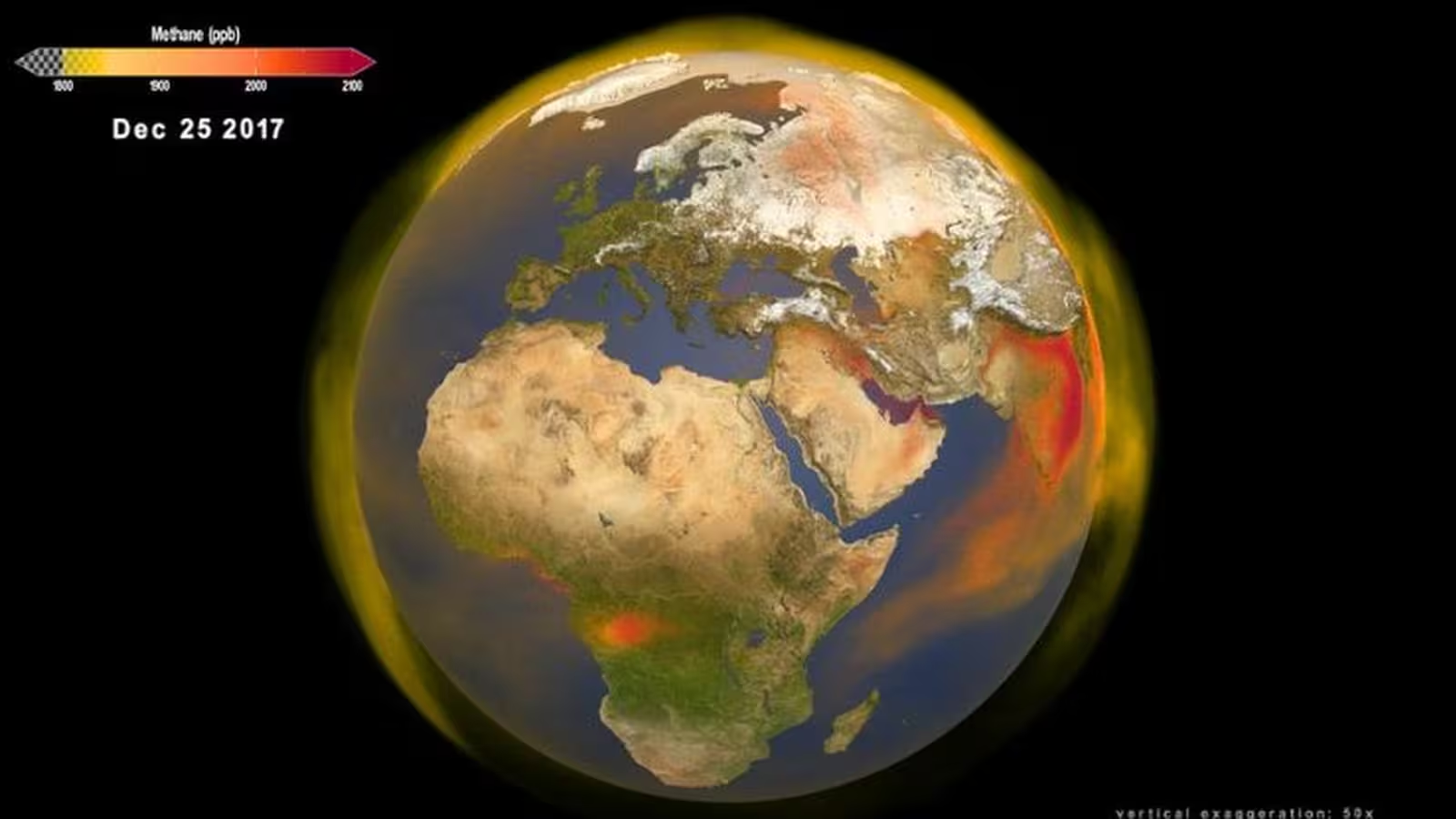6 Minutes
For thousands of years, humanity has shaped the world around us. But scientists now use the term "Anthropocene" to describe a unique chapter in Earth's history: the era in which human activity began altering the planet’s climate and ecosystems on a global scale. Although not officially recognized as a geologic epoch, the Anthropocene is a powerful concept employed in environmental science and climate research to capture humankind’s far-reaching influence on the Earth system.
Defining the Anthropocene: When Did It Really Begin?
The boundaries of the Anthropocene have sparked academic debate. Several key dates have been proposed, ranging from the early 1600s—following European colonization of the Americas—to the mid-20th century, marked by the dawn of nuclear testing. Many researchers believe the epoch does not need formal geological ratification to offer scientific value, with clear evidence showing that humans have fundamentally changed the planet for centuries.
One of the strongest scientific tools for dating the Anthropocene’s onset is the analysis of ice cores—long cylinders of ice extracted from glaciers and polar ice sheets. These ice archives capture past atmospheric conditions, locking away clues about greenhouse gases like carbon dioxide (CO₂) and methane (CH₄) over millennia. In 2015, University College London scientists Simon Lewis and Mark Maslin used these records to propose a striking benchmark: the so-called "Orbis spike" of 1610. This notable drop in atmospheric CO₂, identified in ice core data, coincides with large-scale reforestation in the Americas after European settlers’ arrival and the devastating decline of Indigenous populations.

The Impact of European Colonization on Greenhouse Gases
The arrival of Europeans in the Americas triggered catastrophic demographic collapse, driven largely by epidemics such as smallpox. Estimates suggest that up to 50 million Indigenous people died across the continent in the 16th century. As once-cultivated farmlands were abandoned, vast forests regrew, absorbing significant amounts of CO₂ from the atmosphere. These effects were so pronounced that they left a discernible signal in Antarctic ice—potentially marking the moment when human activity began to influence the Earth’s climate at scale.
In addition to carbon dioxide, recent research has turned attention to atmospheric methane, another key greenhouse gas. Methane is approximately 80 times more effective at trapping heat in the atmosphere than CO₂ over a 20-year period, although it remains in the atmosphere for only about a decade. This means that ice core methane records are often more sensitive to rapid environmental shifts than their carbon dioxide counterparts.
A new line of evidence now points to 1592—a full 18 years before the Orbis spike—as a possible "start date" for the Anthropocene. By examining changes in methane concentrations preserved in ice cores, scientists have found a minimum atmospheric methane level exactly 100 years after Christopher Columbus arrived in the Americas. This data bolsters the hypothesis that the regrowth of forests following widespread depopulation led to a swift and measurable drop in global greenhouse gas levels.
Trees as Methane Sinks: Unraveling the Methane Cycle
How did reforestation in the Americas contribute to a global shift in methane levels? The answer lies in the complex interactions between trees, microbial communities, and the planet’s methane budget.
In wet environments such as tropical swamps and Amazonian floodplains, trees actually serve as conduits for methane, transporting the gas from waterlogged soils to the atmosphere. However, new research reveals a different picture in forests growing on well-drained terrestrial soils. Here, tree bark and woody surfaces provide a habitat for specialized microbes known as methanotrophs, which consume methane directly from the air. The result is an extensive natural "sink"—a process that helps to further reduce atmospheric methane.
Additionally, regrown forests alter the water cycle in ways that may reduce methane emissions. As more rainfall is intercepted by the dense forest canopy and released back into the atmosphere through evaporation and transpiration, less water reaches the soil or wetlands. Since wetlands are a major natural source of methane, this reduction in water flow can shrink their area and limit their emissions. Together, increased forest-driven methane uptake and diminished wetland output could explain the minimum methane concentrations seen in late 16th-century ice cores.
Ice Core Records: Windows into the Past and Future
The integration of ice core data with ecological modeling provides a powerful means to unravel humanity’s environmental legacy. These frozen archives not only record the dramatic consequences of European colonization but may also capture the earlier footprint of prehistoric farming. Deforestation and land use changes by early agricultural societies in the mid-Holocene (approximately 5,000–8,000 years ago) likely triggered a gradual rise in atmospheric methane, as evidenced by ice samples from Antarctica.
The ongoing collaboration between palaeoclimate researchers and forest ecologists promises to shed even more light on the intricate links between human culture and the global environment. As new processes and feedbacks are uncovered, our understanding of forest ecosystems as dynamic regulators of greenhouse gas concentrations continues to evolve.
The Enduring Human-Nature Connection
What does the search for the Anthropocene’s beginning ultimately reveal? Whether through prehistoric agricultural expansions or the dramatic ecological shifts following European colonization, the imprints of humanity are etched into Earth’s very atmosphere. The story told by trapped air bubbles in ancient ice is not just about climate change—it reflects a deep, reciprocal bond between people and nature, forged across continents and centuries.
Despite official hesitancy to define the Anthropocene formally, the scientific evidence is clear: humans have been inseparable from the natural world, shaping and being shaped by it throughout our species' existence. Understanding this legacy is crucial, not only for reconstructing Earth’s environmental history but also for informing the choices we face in a rapidly changing world.
Conclusion
Tracing the origins of the Anthropocene provides vital insight into the age of human-driven planetary change. The integration of ice core science, atmospheric chemistry, and ecosystem research shows that significant human impacts on climate and greenhouse gases date back centuries, with evidence pointing to both the late 16th century and earlier periods of widespread land use change. These findings highlight the enduring and transformative relationship between humanity and Earth's natural systems—a relationship that continues to shape our planet's future.
Source: theconversation



Comments